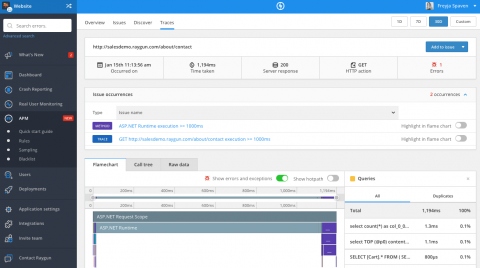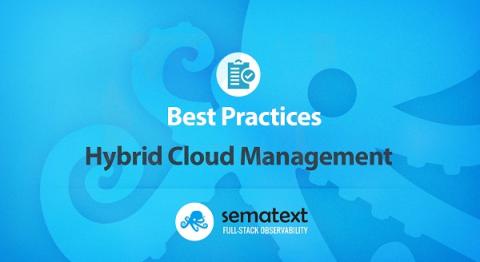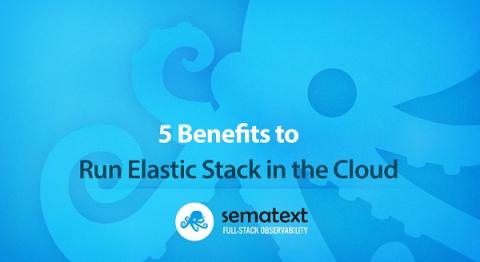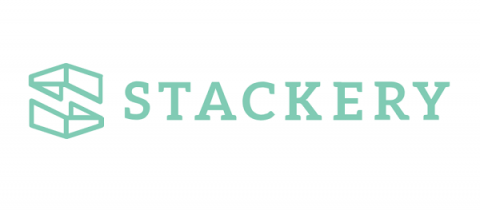Operations | Monitoring | ITSM | DevOps | Cloud
Latest News
OpsRamp March 2019 Update: Incident Management and Multi-Cloud, Serverless Monitoring for Better Uptime and Faster Recovery
Last month OpsRamp delivered our Winter release, which introduced several innovations for digital operations management, including: Impact Visibility and Service Context, AIOps for Proactive IT Operations, Cloud Native Monitoring and Event Management
Lambda Deployment Frameworks Compared
With AWS Lambda, deploying a new version of our application has never been simpler. However, we still need to take care of some underlying plumbing. Such as managing the configuration for our functions as well as other related resources such as API Gateway, CloudWatch log groups and IAM policies. Depending on the event sources you would like to use, you also need to provision the necessary EventSourceMapping in order to use Lambda with the likes of Kinesis Streams and SQS.
Best Practices for Hybrid Cloud Management
One of the unintended side-effects of the public cloud is the enablement of a platform-agnostic cloud architecture. This means that it’s now easier than ever to mix offerings from multiple vendors (cloud vendors in this case) to form a single application or service-based solution. There is one gotcha, however: log management.
When to use Lambda layers
AWS introduced Lambda Layers at re:invent 2018 as a way to share code and data between functions within and across different accounts. It’s a useful tool and something many AWS customers have been asking for. However, since we already have numerous ways of sharing code, including package managers such as NPM, when should we use Layers instead?
AWS Costs: Surprise, Surprise? It Shouldn't Be!
A recent article by The Information: As AWS Use Soars, Companies Surprised by Cloud Bills was very interesting and worth a read. The authors examined the AWS spending patterns of five large companies to demonstrate that all were way over budget as it related to AWS spend. They reference Pinterest “spending roughly $190 million on AWS last year, $20 million more than it had initially expected... and Adobe’s bill rose 64%, while Capital One’s jumped 73%; Pinterest’s rose 41%...
5 Benefits to Run Elastic Stack in the Cloud
Elasticsearch, Logstash, and Kibana — the trio better known as Elastic Stack (or ELK, if you prefer a term that is now going out of style), make up a powerful set of tools for searching and analyzing data. Their power derives not just from their technical features, but also the fact that Elastic Stack is an open source platform that anyone can download and set up anywhere.
Deploying a Kubernetes Cluster with GKE
In an attempt to jump on the Kubernetes bandwagon, more and more managed Kubernetes services are being introduced. In a previous post, we explored how to deploy a Kubernetes cluster on Amazon EKS. This time, we will cover the steps for performing a similar process, this time on Google’s Kubernetes Engine.
How to handle AWS Lambda cold starts
Smarter people than myself, once said that you should do things you don’t like first so that you can enjoy the things you’re doing later. Nobody wants cold starts. They’re annoying, and we continuously feel an itching sensation in our brains because of them. The serverless world would be a much better place to work in if they weren’t there.
Injection Attacks: Protecting Your Serverless Functions
While trying to verify the claims made on a somewhat facile rundown of serverless security threats, I ran across Jeremy Daly’s excellent writeup of a single vulnerability type in serverless, itself inspired by a fantastic talk from Ory Segal on vulnerabilities in serverless apps. At first I wanted to describe how injection attacks can happen. But the fact is, the two resources I just shared serve as amazing documentation; Ory found examples of these vulnerabilities in active GitHub repos!










